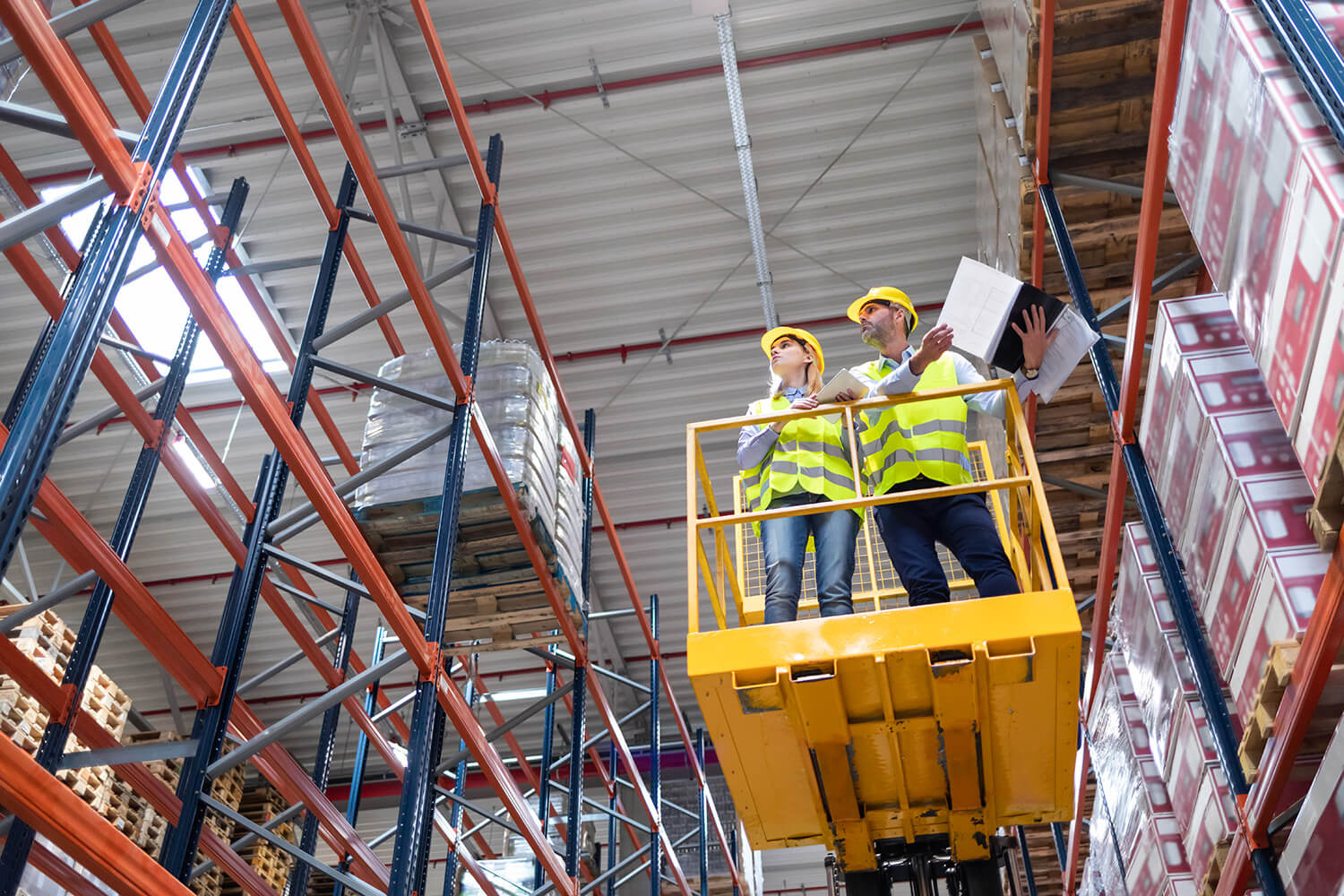New York has several laws designed to protect construction workers in this state. One of them is Section 240(1) of the Labor Law, and it is sometimes known as the “Scaffold Law.” This law is intended to protect workers from the risks associated with falls from significant height differentials. What size must a height differential be in order to entitle a worker to seek compensation? The answer is that it depends. In some cases, if an object is heavy enough, even very short distance falls can be enough to permit an injured worker to win his case. This variability is just a reminder that each case is unique, so, if you’ve been hurt at your construction job, make sure you retain an experienced New York construction accident attorney, who can help you determine how to pursue your rights under the law.
As an example of a short-distance case, an appeals court in 2015 allowed a worker to pursue compensation in a construction injury case in which the object that fell on him fell only 2½-3 feet. In that case, the pile of rails that hit the worker weighed roughly 1,500 pounds, so that meant that the rails could generate a substantial amount of force, even over a short distance.
That same principle came up in a very recent case, and it again allowed the injured worker to succeed. Omar and three co-workers were trying to transport a 500-pound steel I-beam from the top floor of an 18-story Manhattan building to the ground level. The relative size of the 12-foot beam and the small elevator forced the men to try to stand the beam on its end. During that process, the beam fell roughly half a foot onto Omar’s shoulder, injuring him.
Omar sued for compensation under the statute. He also asked the court to award him a summary judgment on his Section 240(1) claim. (That would mean that he won this claim without having to go through a full trial.) The trial court agreed with the worker and declared the site manager and the owner to be liable.
Despite an appeal from the owner and the manager, the ruling for the injured worker remained in place. The appeals court stated that Omar had evidence that his activity – moving a construction beam – was an activity that was covered by the statute. Omar also had adequate evidence that the owner and the manager didn’t give him sufficient protections to safeguard him in the activity he was performing. The owner and the manager argued that the length of the object’s fall – six inches – was too little to permit an award of compensation to the worker, but that argument failed. Given the force that a 500-pound beam could generate, even across a distance of just six inches, it was possible for the beam to strike Omar with a substantial impact, and, since that impact “was one directly flowing from the application of the force of gravity to a person,” that meant that Omar was entitled to a ruling in his favor.
The answer to many legal questions is, “It depends.” Each case may succeed or fail based upon the specifics of the unique facts of the case and the plaintiff’s ability to put those facts together into a persuasive case for damages. If you have been hurt at your construction job, consult the skilled New York City construction accident attorneys at Arcia & Associates. Our team has many years of experience providing our clients with the effective and thoughtful representation their cases need.
Contact us at 718-424-2222 to find out how we can help you.
More Blog Posts:
Catholic Mass to Honor New York Construction Workers Killed on the Job Reminds All of the Importance of Workplace Safety, Blog de Abogado en la Ciudad de Nueva York, 30 de Mayo de 2018
A Brooklyn Elevator Mechanic’s Successful Appeal in His Construction Injury Lawsuit, Blog de Abogado en la Ciudad de Nueva York, 24 de Mayo de 2018











